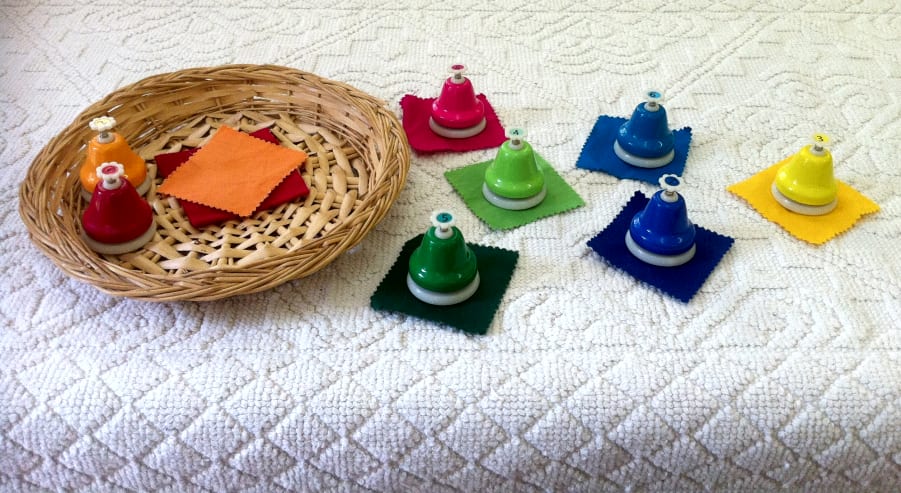Elements of a Montessori activity
According to Dr Montessori, “The fewer the words, the more perfect the lesson.”
With the Montessori method, children learn at their own individual rhythms and do not feel they are learning, let alone being taught. To that end the Montessori teacher never stands in front of the class teaching all the children the same lesson simultaneously. Instead, learning occurs through activities that attract individual children; children are active operators of their environment.
These activities share some common characteristics:
Self-direction
Montessori activities are undertaken individually, each child working alone. That said, many teachers today guide children to undertake activities in groups, where they can help each other.
Objectivity
The children’s attention is focused not on themselves but entirely upon the object and the use that can be made of it.
From simple to complex
The difficulty of activities increases over time in a progression intended that children not struggle. For Maria Montessori, this contributed to “preparing the child for success”.
Work cycle
Each child chooses an activity from the shelf, works it through to completion, then returns it to the shelf.
Self-contained
All the apparatus required for an activity is on a tray, in a basket or in a box, with all the resources complete and available to children independently.
Environment
All the apparatus must be complete for the exercise to fulfill its pedagogical function; and it must be well maintained to be attractive to children. As well as the materials at hand, the entire environment contributes to children’s desire to be active and to act freely without adult intervention.
The environment should be beautiful, colourful and bright; and frequently changed to keep it fresh and attractive. This effort conveys to the children that the adults respect and are committed to them. The children thereby learn to value respect and order.
Quiet
The lesson is given as silently as is feasible. “The fewer words, the more perfect the lesson,” Montessori wrote in The Discovery of the Child. The child is shown in silence how to use each particular object and given brief instructions only when necessary, using the simplest and fewest words possible in order to let the child focus on the movements.
Language can be used once the child has completed the activity, such as to teach a word involved in the exercise that the child does not yet know.
Economy of movement
Movements are made slowly and precisely to enable children to absorb each gesture. “The adult, when showing a complex action to a child, breaks it down into its parts and shows one step at a time, executing each movement slowly and exactly,” Montessori writes. “The action thus becomes a sequence of simple movements and the child has a greater chance of success when ‘given the liberty to make use of them.’” (Montessori, 1966, p108)
Repetition
Montessori noticed that all children, when engaged in an activity, repeat it over and over until satisfied. Repetition ensures that an activity is concluded successfully, thereby preparing and habituating for success.
Long cycle
The child can repeat an activity as much as he wants; any other children wanting to use the materials will learn social skills such as patience and turn-taking.
Limits
The materials should be limited in quantity; even if an activity is very popular among the children, curtailing the instances of it teaches patience while children await their turn.
Control of error
The teacher does not interrupt the child; it is for children themselves to spot their own errors. Control of error is designed to minimize the child’s dependence on adult help.
In younger children’s activities, controlling error is more straightforward, such as a cylinder being too big for its slot. As activities becoming more sophisticated, controlling for error may involve knowledge such as shapes of countries, matching animals with their habitats; and skills such as reading, exactness of movement, or color decoding.
Control of error “makes a child use his reason, critical faculty and his ever-increasing capacity for drawing distinctions,” Montessori wrote. “In this way a child’s mind is conditioned to correct his errors even when these are not material or apparent to the senses.” (The Discovery of the Child, p.105)
For more about giving presentations see Basic Montessori: Learning Activities for Under-Fives by David Gettman; also see the online Montessori Primary Guide.
